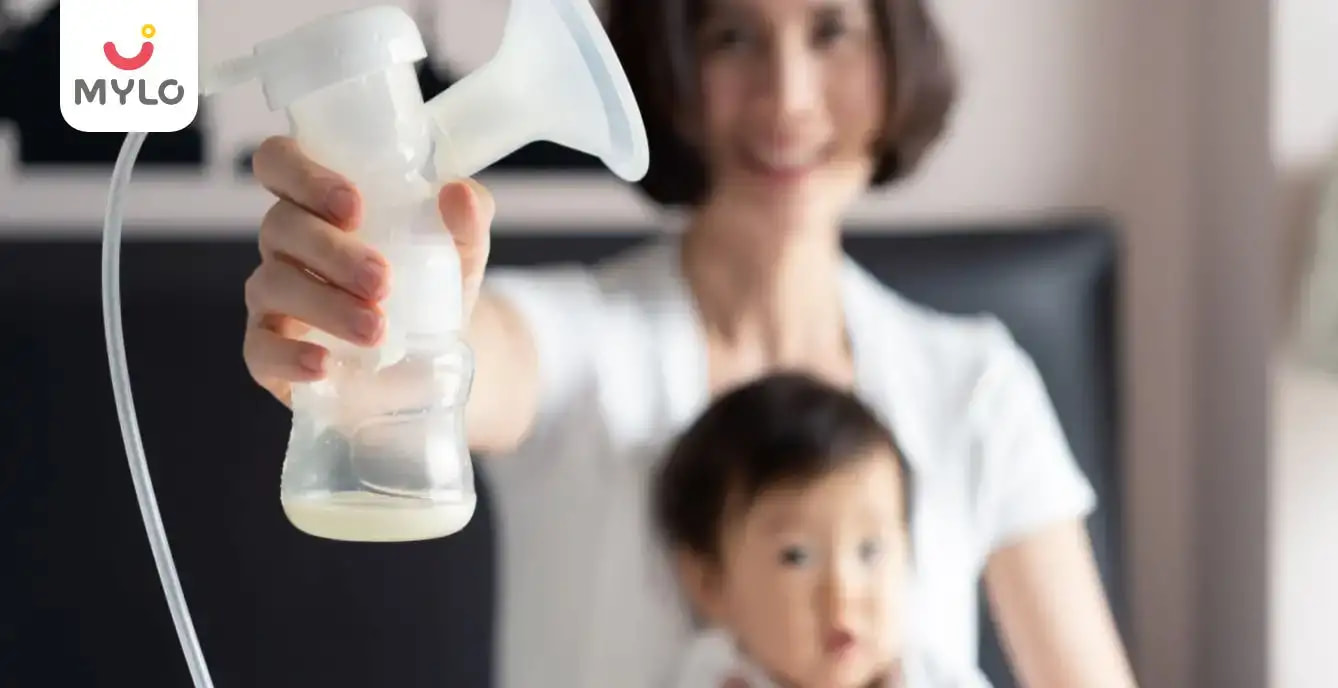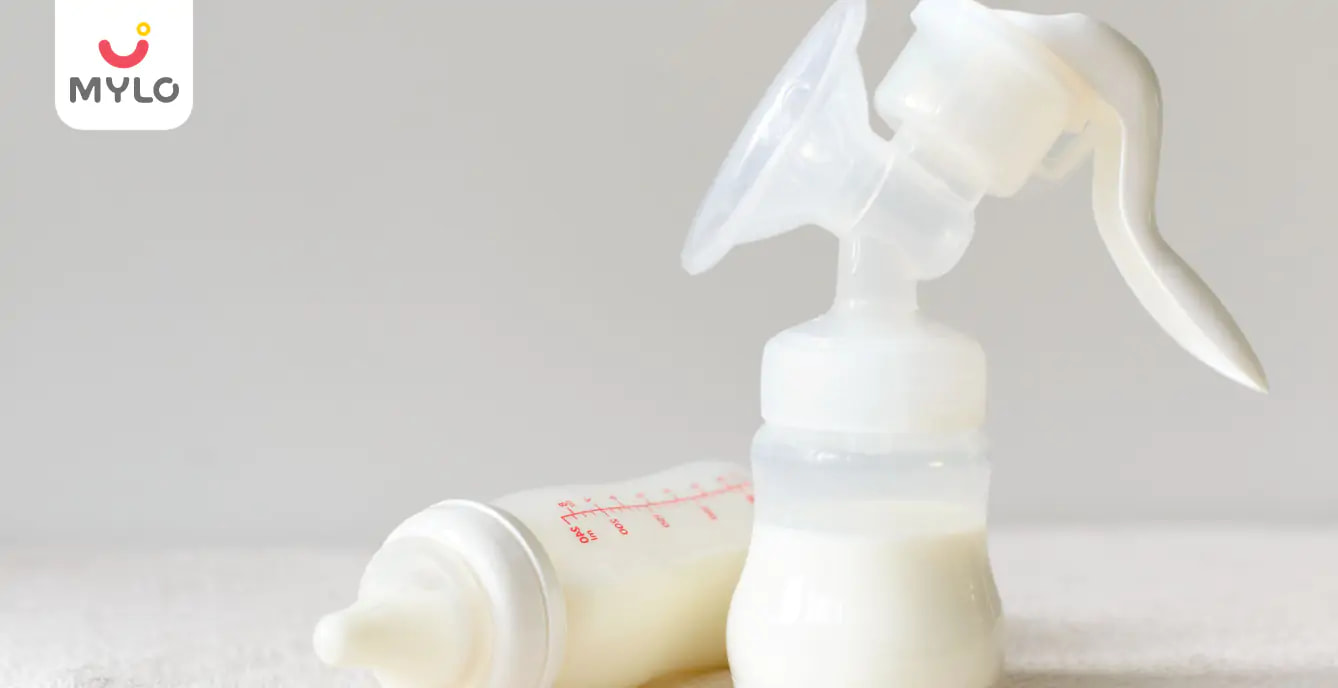Home

How to Sterilize Breast Pump: A Comprehensive Guide for New Moms
In this Article
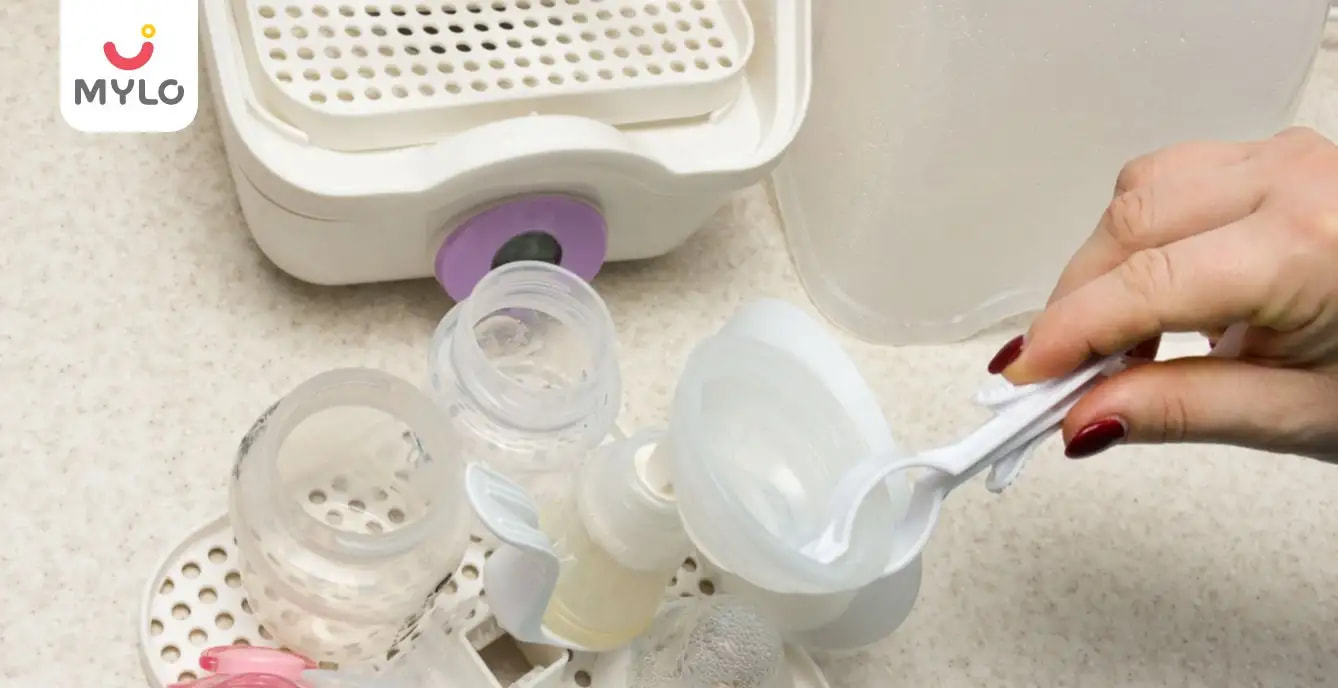
Baby Care
How to Sterilize Breast Pump: A Comprehensive Guide for New Moms
Updated on 11 August 2023
Manvika, in her pursuit of providing a consistent breast milk supply for her baby, embarked on the journey of using a breast pump. As a newcomer to this apparatus, she found herself surrounded with questions like how to sterilize breast pump and cleaning breast pump.
Seeking wisdom from her circle of friends, who had walked this path before her, she collected invaluable insights from their firsthand encounters. Armed with a wealth of information through thorough research, she meticulously curated an article aimed at extending a supportive hand to fellow mothers in their breastfeeding journey.
Why is it important to sterilize your breast pump?
Sterilizing your breast pump is crucial to maintain a safe and hygienic environment for your baby's milk supply. Ensuring that all components of the pump, including bottles, breast shields, and valves, are thoroughly sterilized helps prevent the growth of harmful bacteria that could potentially contaminate the breast milk. Proper sterilization reduces the risk of infection and ensures that your baby receives milk that is safe for consumption. Additionally, regular sterilization helps extend the lifespan of your breast pump and its components, allowing for effective milk expression and optimal breastfeeding journey.
You may like : Does A Manual Breast Pump Help to Pump More Milk?
What are the different ways of cleaning breast pump?
Cleaning your breast pump is essential to maintain its hygiene and ensure the safety of your baby's milk supply. There are a few different methods you can use to clean your breast pump components:
1. Hand Washing
After each use, disassemble the breast pump parts and wash them in warm, soapy water. Use a clean brush or your hands to scrub away any milk residue. Rinse thoroughly with hot water and air dry on a clean paper towel.
2. Dishwasher
Some breast pump parts are dishwasher-safe. Place them in the top rack of the dishwasher and use a gentle cycle. Be sure to check the manufacturer's guidelines to ensure that all parts can be safely washed in the dishwasher.
3. Sterilization
To ensure complete hygiene, consider sterilizing breast pump parts at least once a day, especially for newborns or if your baby is premature. You can use a microwave steam bag or an electric steam sterilizer to eliminate any remaining germs.
4. Boiling
Another effective method is boiling the breast pump parts in water for about 10 minutes. This is particularly useful when you're traveling and don't have access to other cleaning methods.
5. Disinfectant Wipes
Portable disinfectant wipes are convenient for quick cleaning when you're on the go. Wipe down the breast pump parts to remove any milk residue and sanitize them.
How often should you sterilize your breast pump?
The frequency of sterilizing your breast pump depends on various factors, including the age of your baby and their health status. Here are some general guidelines to help you determine how often you should sterilize your breast pump:
1. Newborns and Premature Babies
For newborns and premature babies, it's recommended to sterilize your breast pump parts daily, especially during the first few months. Their immune systems are still developing, and extra precautions can help reduce the risk of infections.
2. Healthy Term Babies
If your baby is healthy and born at full term, sterilizing your breast pump parts once a day is still a good practice. Regular sterilization helps ensure the cleanliness and safety of the milk supply.
3. Older Babies
As your baby grows and their immune system becomes stronger, you may reduce the frequency of sterilization to a few times a week. However, it's still important to maintain a high level of hygiene to prevent contamination.
4. When Illness is Present
If your baby or anyone in the household is sick, it's a good idea to increase the frequency of sterilization to prevent the spread of germs.
How to sterilize breast pump?
Properly sterilizing your breast pump is crucial to ensure the safety and hygiene of your baby's milk supply. Here's a step-by-step guide on how to sterilize your breast pump effectively:
1. Disassemble the Pump
After each use, disassemble the breast pump into its individual parts. This typically includes the breast shields, valves, membranes, bottles, and any other accessories.
2. Rinse with Cold Water
Rinse all the parts with cold water to remove any remaining milk residue. This step helps prevent milk proteins from adhering to the surfaces when exposed to heat.
3. Wash with Hot, Soapy Water
Wash all the pump parts with hot, soapy water. Use a bottle brush to clean hard-to-reach areas. Thoroughly scrub and rinse each piece to remove any traces of milk, oils, or dirt.
4. Boiling
One effective method of sterilization is boiling. Place the cleaned pump parts in a pot of water and bring it to a rolling boil. Let them boil for at least five minutes to ensure proper sterilization. Be cautious not to overheat plastic parts, as this may damage them.
5. Air Drying
Once sterilization is complete, carefully remove the parts from the boiling water or sterilizer. Allow them to air dry on a clean, dry towel or a drying rack. Avoid using towels to wipe the parts dry, as this may introduce germs.
6. Storage
Store the sterilized pump parts in a clean and dry container, such as a clean plastic bag or a covered container. Be mindful of the environment to prevent contamination.
You might like: What are the essential tips for breastfeeding mothers to have a healthy diet plan?
How to clean breast pump parts?
Lather your hands with soap and water for a minimum of 20 seconds before making contact with your breasts, breast pump, or its components.
When cleaning your pump equipment, avoid using the sink as it can be unclean. Instead, utilize a separate basin. Begin by washing all pump parts with hot, soapy water. To effectively clean the parts, utilize a dedicated bottle brush exclusively for cleaning pump components and bottles. Thoroughly rinse the pump parts with running water or in another separate basin. After cleaning, ensure proper air drying of both the pump parts and the bottle brush. Place them on a clean paper towel in an environment free from dust.
Alternatively, you can opt for the dishwasher method. Place the pump parts in the dishwasher, ensuring the water is hot and utilizing a heated drying cycle.The dishwasher is a convenient option, as it simplifies the cleaning process.
Tips on how to clean breast pump between sterilizations
Here's a brief summary of tips for cleaning your breast pump between sterilizations:
1. Hand Hygiene
Wash your hands before touching any pump parts.
2. Disassemble
Take apart the breast pump components.
3. Rinse
Quickly rinse parts to remove milk residue.
4. Pre-Clean
If sterilization isn't immediate, do a gentle pre-cleaning.
5. Soap and Water
Wash with warm, soapy water, scrubbing well.
6. Rinse Again
Thoroughly rinse away any soap.
7. Air Dry
Let parts air dry on a clean surface.
8. Storage
Store dry parts in a clean container or bag.
Always refer to your pump's manual for specific instructions.
FAQs
Do I need to sterilise breast pump before every use?
Sterilizing your breast pump before every use is not necessary. While initial sterilization and periodic sterilization are important, a thorough cleaning with warm, soapy water after each use, followed by proper air drying and storage, is generally sufficient. Regular sterilization, as recommended by the manufacturer, helps maintain hygiene and ensure your baby's safety. However, the daily cleaning routine is usually adequate to keep your breast pump clean and safe for use. Always refer to your pump's manual for specific guidelines.
What happens if you don't sterilize your pump?
If you don't sterilize your breast pump regularly, harmful bacteria and germs can accumulate on its parts. This could potentially lead to contamination of the expressed breast milk, posing a risk to your baby's health. While a single missed sterilization might not necessarily cause immediate harm, over time, inadequate cleaning and sterilization may increase the chances of bacterial growth and compromise the safety of the milk. Proper sterilization helps ensure that the breast milk remains free from harmful pathogens, contributing to your baby's overall well-being.
Is it OK to just rinse breast pump parts?
Rinsing breast pump parts alone is not sufficient for proper cleaning and hygiene. While rinsing can remove some surface residue, it doesn't effectively eliminate bacteria and potential contaminants. Thoroughly cleaning breast pump parts with warm, soapy water, followed by complete drying and proper storage, is essential to prevent bacterial growth and ensure the safety of expressed milk. Regular cleaning and periodic sterilization, as recommended by the manufacturer, are vital steps to maintain a clean and safe breast pump for you and your baby.
Key Takeaways
In conclusion, how to sterilize breast pump is a common concern that can be resolved by maintaining a clean and hygienic breast pump is crucial for the well-being of both you and your baby. While sterilizing before every use is not necessary, a consistent cleaning routine using warm, soapy water, proper drying, and occasional sterilization as per the manufacturer's guidelines are essential practices. Neglecting proper cleaning and sterilization could lead to potential contamination and compromise the safety of expressed breast milk. By following recommended cleaning and sterilization protocols, you can ensure a healthy feeding experience for your baby and peace of mind for yourself.
References
-
Laforce-Lavoie, A., Turgeon, A., Gaussen, A., & Girard, M. (2023). Comparison and Efficacy of Breast Pump Cleaning Techniques for Bioburden Reduction. Breastfeeding Medicine.
-
Rigourd, V., Mouadh, B., Poupon, J., Langrand, J., Goutard, A., Droguet, C., Bille, E., Frange, P., Bahri, Y., Pasquier, D., Lapillonne, A., & Skurnik, D. (2021). Chlorine Solutions for a Safe Method of Decontamination of Breast Pump Milk Collection Kits Before and After the Coronavirus Disease 2019 Pandemic. Frontiers in Nutrition,



Written by
Priyanka Verma
Priyanka is an experienced editor & content writer with great attention to detail. Mother to an 11-year-old, she's a ski
Read MoreGet baby's diet chart, and growth tips
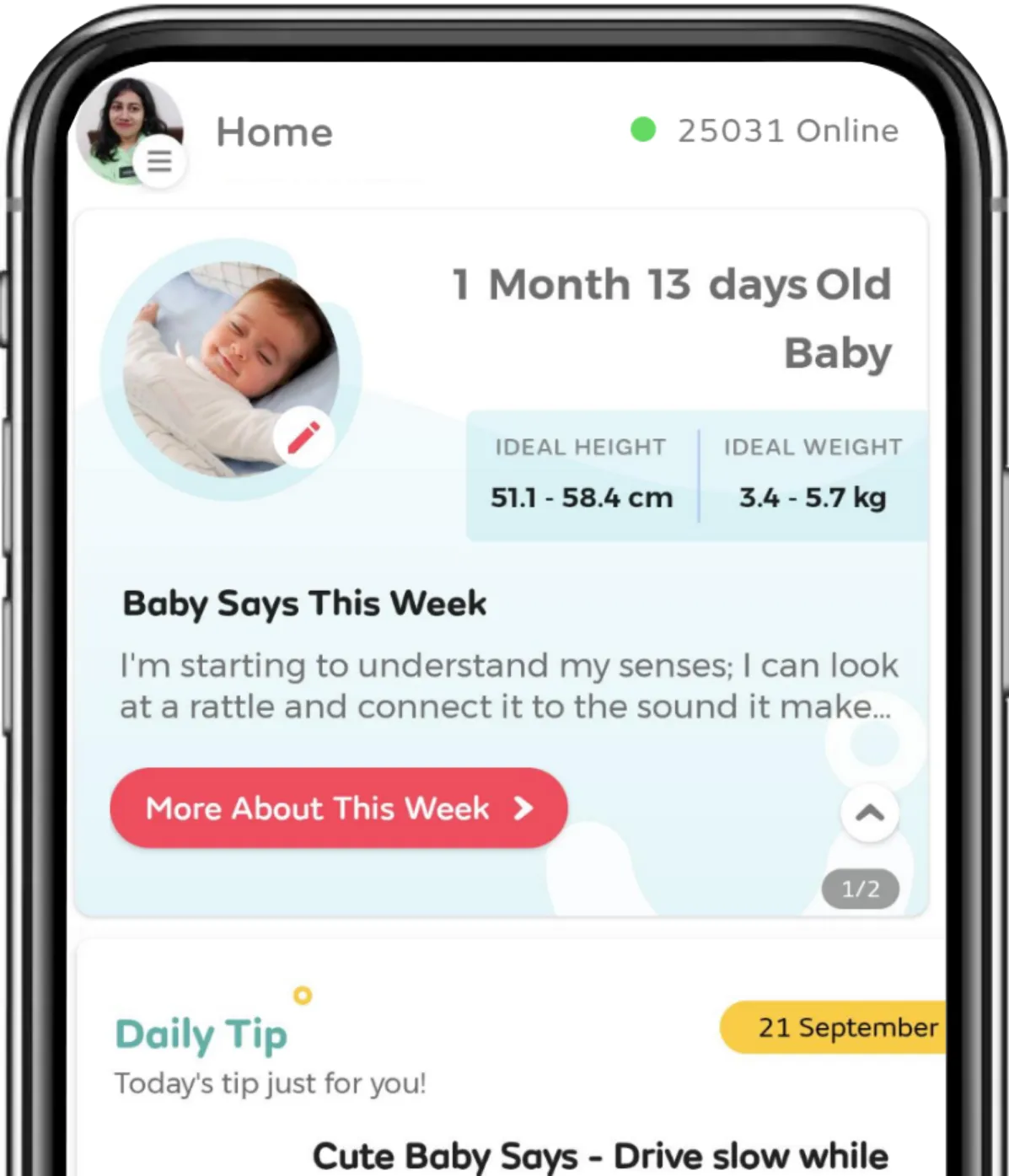
Related Articles
RECENTLY PUBLISHED ARTICLES
our most recent articles
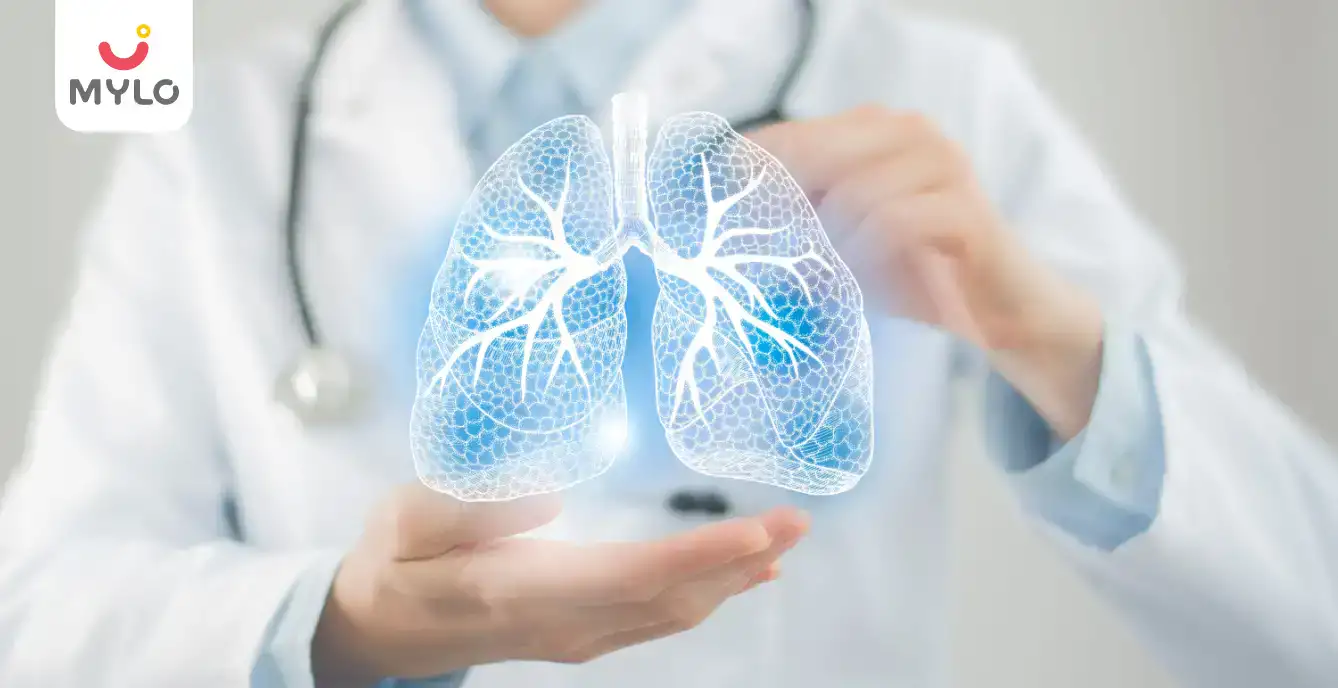
Medications
Bronchiectasis Meaning in Hindi | ब्रोन्किइक्टेसिस क्या होता है?
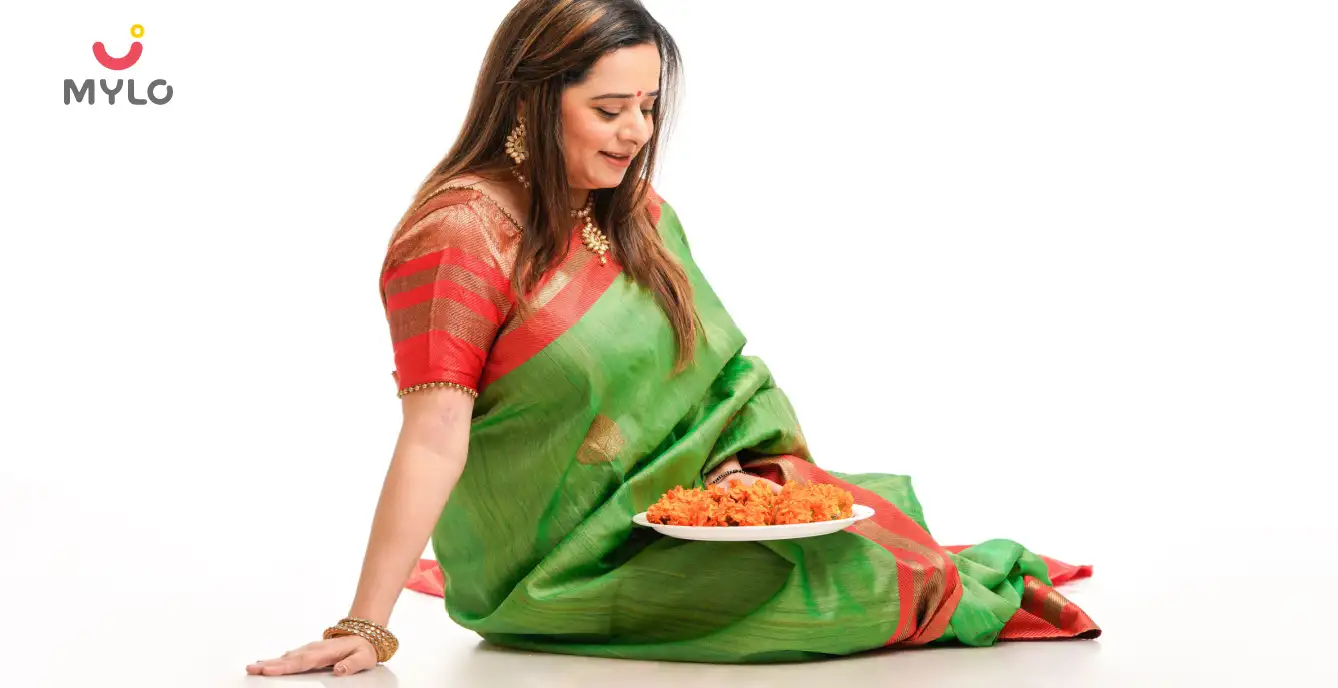
Festivals & Celebrations
The Ultimate Guide to Teej 2023: Celebrations, Traditions, and Dates
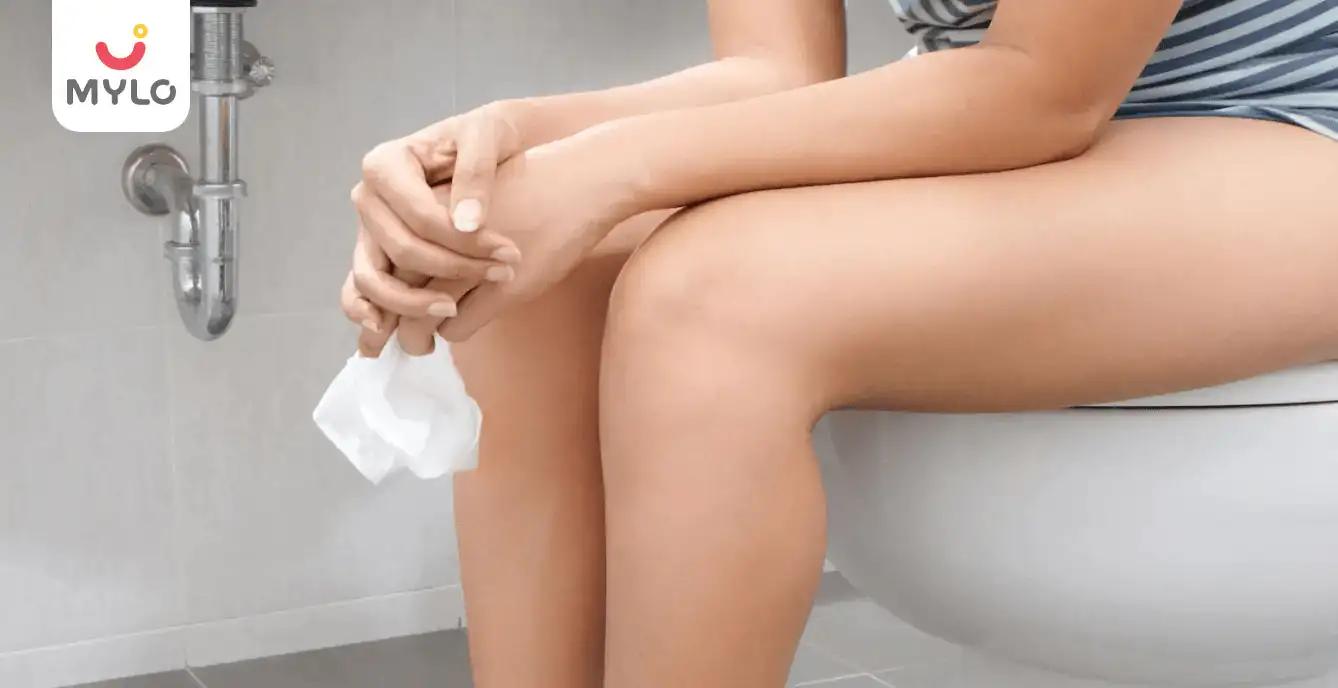
Conception
Should I Pee After Sex if Trying to Get Pregnant? And 5 Other FAQs
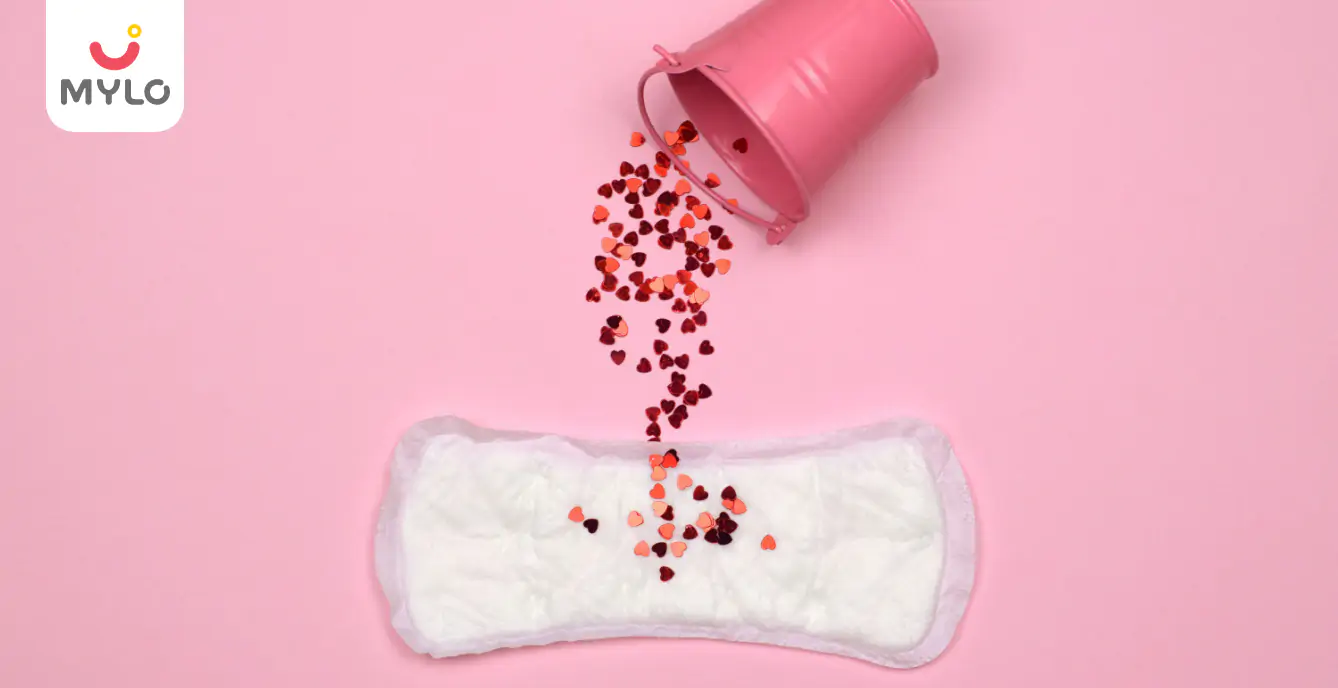
Periods
Menorrhagia: A Guide to Understanding Heavy Period Bleeding (Part 1)

Gas & Bloating
Indigestion and Heartburn During Pregnancy

Fertility
Understanding Follicular Study: A Comprehensive Guide to Female Fertility
- Maternity Fashion: How to Dress in Style in Each Trimester of Your Pregnancy?
- Oligomenorrhea: What Every Woman Needs to Know About Irregular Periods
- Can a Woman with Thyroid Problems Get Pregnant: Conceiving Against the Odds
- Adenomyosis Vs Endometriosis: How to Spot the Symptoms and Seek Early Intervention
- Fertility Test for Men and Women: What to Expect and Next Steps
- Reason for Irregular Periods After Marriage: A Comprehensive Guide
- How Soon Can You Get Pregnant After Stopping the Pill?
- Watery Semen: Is It Normal or a Sign of an Underlying Condition?
- Embryo Transfer: The Ultimate Guide to Procedure, Success Rates and FAQs
- Hyperspermia: The Ultimate Guide to Understanding Excessive Semen Production
- Painful Ejaculation and Its Impact on Men's Health: From Stigma to Solutions
- Hypospermia: What Every Man with Low Semen Volume Should Know
- Eye Flu Alert: The Seasonal Epidemic You Need to Know About
- How Many Days After IUI Should I Get My Period: Understanding the Timeline


AWARDS AND RECOGNITION

Mylo wins Forbes D2C Disruptor award

Mylo wins The Economic Times Promising Brands 2022
AS SEEN IN











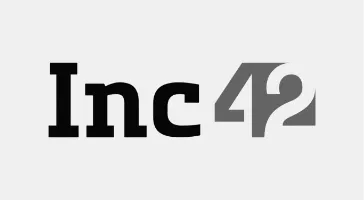




- Mylo Care: Effective and science-backed personal care and wellness solutions for a joyful you.
- Mylo Baby: Science-backed, gentle and effective personal care & hygiene range for your little one.
- Mylo Community: Trusted and empathetic community of 10mn+ parents and experts.
Product Categories
baby carrier | baby soap | baby wipes | stretch marks cream | baby cream | baby shampoo | baby massage oil | baby hair oil | stretch marks oil | baby body wash | baby powder | baby lotion | diaper rash cream | newborn diapers | teether | baby kajal | baby diapers | cloth diapers |



